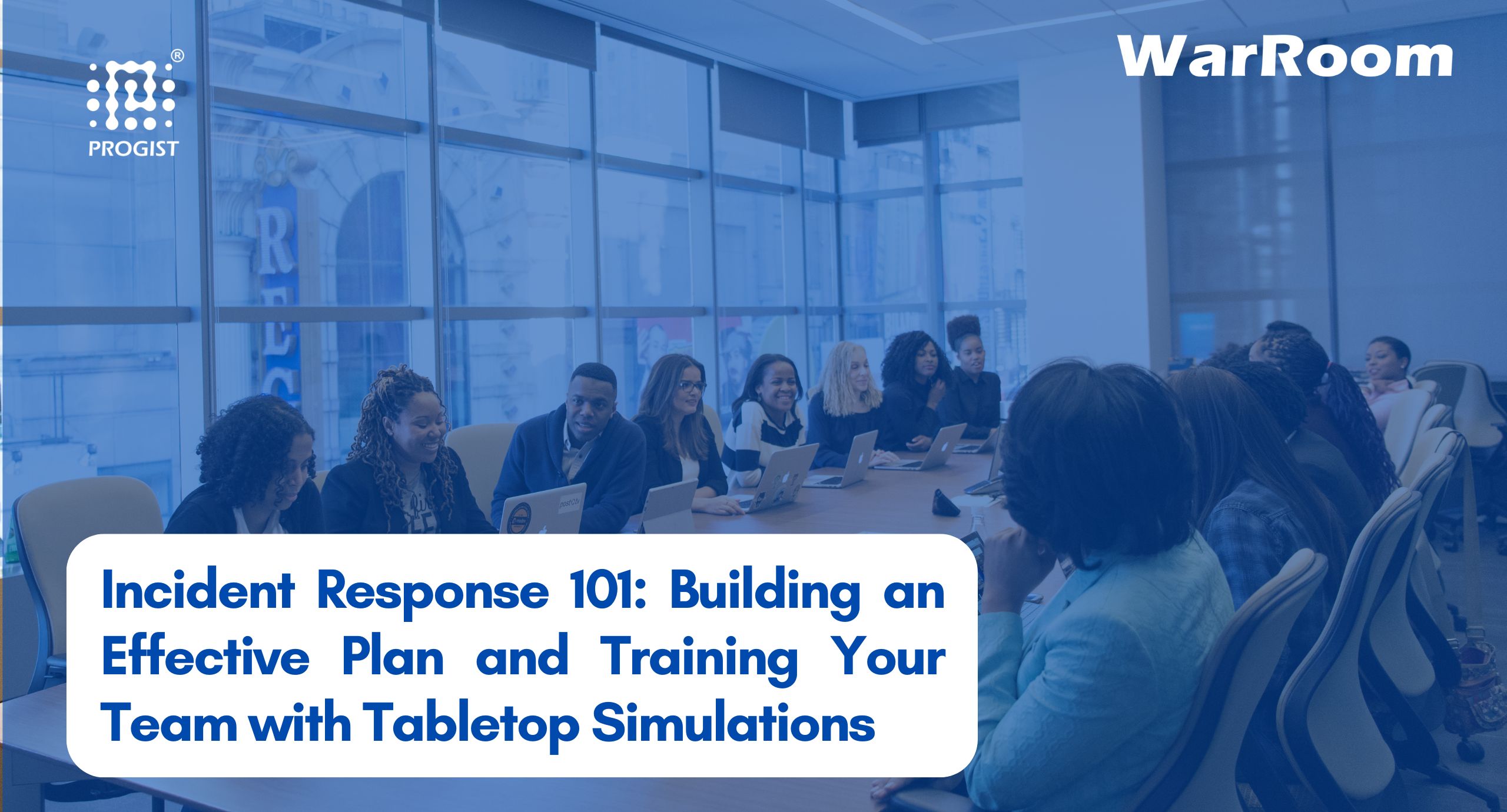Your organization’s digital assets are its lifeblood – and they’re under constant threat. The real question isn’t whether an attack will happen, but how prepared you are to respond when it does. Every second counts in the aftermath of a breach, and the longer it takes to act, the more damage is done. This is why an effective Incident Response Plan (IRP) is crucial for minimizing impact and maintaining control when the unexpected occurs.
Why Incident Response Planning is Critical
Organizations can no longer afford to be reactive when it comes to cybersecurity. Cyber incidents are a matter of when, not if. Without a structured and tested response plan, businesses may find themselves scrambling to contain breaches, which can lead to extended downtime, regulatory fines, and loss of trust from clients and partners.
An effective IRP ensures that everyone in the organization knows their role during a cyber threat, enabling a swift, organized, and measured response. This plan should not only cover technical remediation but also communication protocols, legal considerations, and business continuity measures.
The Key Steps in Effective Incident Management
A comprehensive incident response plan typically consists of six essential stages. Let’s break down each one:
1. Preparation
The foundation of incident response begins with preparation. This stage involves building an incident response team, identifying critical assets, establishing roles, and ensuring the availability of necessary tools and resources. Regular training, documentation, and protocol refinement are crucial in this phase. Importantly, organizations should conduct routine tabletop exercises and simulations to ensure readiness.
2. Detection and Analysis
Once prepared, your next priority is detecting an incident early and accurately. Whether it’s a phishing attack, malware intrusion, or a vulnerability exploit, timely detection is crucial to mitigating the damage. This step involves monitoring network traffic, flagging anomalies, and determining the scope and impact of the breach. Automated detection systems and security analytics tools can help detect threats faster.
3. Containment
Containment is about limiting the damage while keeping operations running. At this stage, your team isolates affected systems, segments the network, and prevents further spread of malicious activity. Short-term containment measures focus on stopping the immediate threat, while long-term containment ensures that any residual malicious activity is fully neutralized.
4. Eradication
Once the incident has been contained, the next step is to eradicate the root cause of the issue. Whether it’s a piece of malware, a misconfigured server, or a compromised account, this stage involves removing the threat from all affected systems and ensuring it cannot reoccur.
5. Recovery
After eradicating the threat, the focus shifts to recovery. During this stage, the aim is to restore affected systems and return them to normal operations without reintroducing vulnerabilities. It’s crucial to monitor systems closely during recovery to ensure that they are free of lingering threats and to prevent further incidents.
6. Post-Incident Review
Finally, every incident presents a learning opportunity. The post-incident review is a critical stage where your team examines what happened, how the response was handled, and where improvements can be made. Documenting these findings can help refine your incident response plan, close security gaps, and improve future performance.
Tabletop Exercises: Ensuring Your Team is Prepared
Tabletop exercises are a vital part of incident response preparation. These are simulated scenarios that allow your team to walk through the steps of an incident without the pressure of a real-world crisis. During these exercises, your team can test their roles, identify gaps in the process, and refine their response strategies.
These drills are especially useful because they help create muscle memory within the organization, ensuring that in the event of a real incident, response teams act swiftly and decisively. By practicing in a controlled environment, organizations can identify areas of improvement, improve communication, and reduce response times during actual emergencies.
Instead of waiting for the worst, savvy organizations are investing in well-structured plans and real-world simulations that prepare their teams for any situation. Whether it’s a phishing attempt, ransomware, or a data breach, knowing how to respond with speed and precision can make all the difference.
Introducing WarRoom: Elevating Your Incident Response Preparedness
While tabletop exercises are effective, running them manually can be time-consuming and may not replicate the complexity of a real-world attack. This is where our WarRoom solution comes in.
WarRoom is a tabletop simulation platform that allows your organization to conduct realistic, high-stakes incident response training in a controlled environment. WarRoom simulates various attack scenarios, empowering teams to practice critical decision-making under pressure. It offers a safe space to train, evaluate, and enhance your incident response capabilities without the risk of an actual security breach.
With WarRoom, your team can:
- Engage in interactive, real-world scenarios that test their readiness for different types of cyber incidents.
- Improve their coordination and decision-making under stress.
- Identify gaps in your incident response plan and refine your strategies.
- Practice communication protocols with internal and external stakeholders, including legal, PR, and executive teams.
Final Thoughts
Having a well-structured incident response plan is not just a best practice; it’s an operational necessity in today’s cybersecurity landscape. But beyond the plan itself, ensuring your team is prepared through regular training and simulation exercises is critical to protecting your organization.
Ready to enhance your incident response planning? Explore how WarRoom can elevate your team’s preparedness through cutting-edge tabletop simulations, helping you stay ahead of emerging threats. Contact us at +91-9820116312 to learn more about WarRoom and book a demo today!

